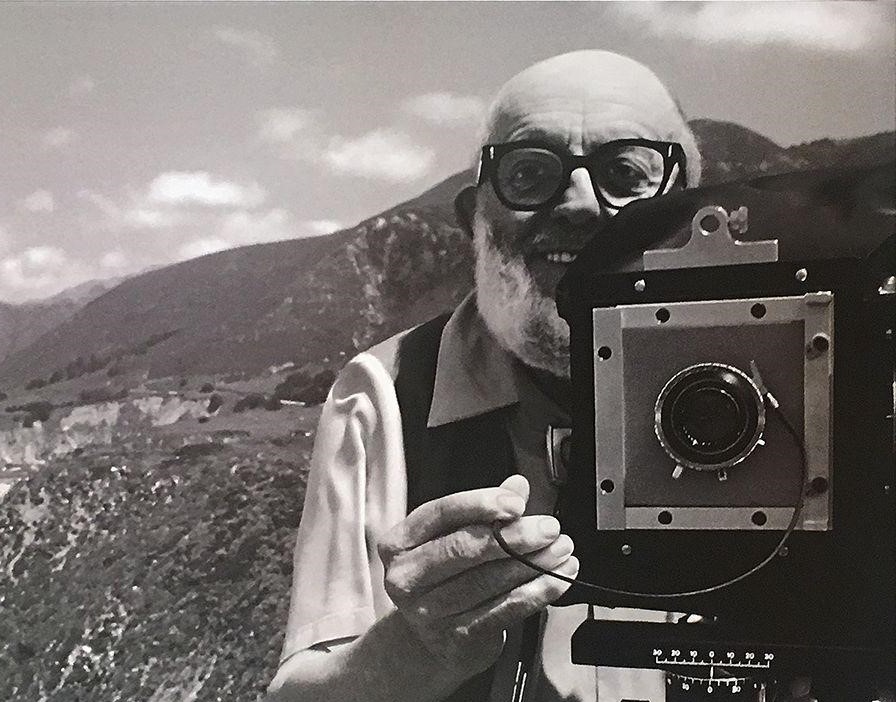Master of landscape photography: Who is Ansel Adams?
In 1946, he founded the San Francisco School of Fine Arts, which included photography as a profession for the first time in the academic program.

US photographer. He developed technical innovations in landscape photography. Born on February 20, 1902, in San Francisco, California, he took his first photographs at the age of fourteen but later became interested in music. He took piano and composition lessons until the age of eighteen. He released his first photo album in 1927. Upon the success of the album, he decided to devote his life to photography. He met Paul Strand in 1930 and was greatly influenced by his photographic technique. Together with Willard Van Dyke and Edward Weston, he founded the "Group f 64" aesthetic photography community in 1932. He published his book Making a Photograph in 1935. In 1940 he helped establish the photography collection of the Museum of Modern Art in New York. This museum is the world's first photography museum. In 1946, he founded the San Francisco School of Fine Arts, which included photography as a profession for the first time in the academic program. Dedicating his last years to the nature conservation movement, Adams was the president of the nature conservation organization Sierra Club after 1936.
Ansel Easton Adams (February 20, 1902 – April 22, 1984) was an American landscape photographer and environmentalist known for his black-and-white images of the American West. He helped found Group f/64, an association of photographers advocating "pure" photography which favored sharp focus and the use of the full tonal range of a photograph.
In his debut album, Parmelian Prints of the High Sierras, Adams published photographs of the "pictorialist" movement, emulating impressionist painting, and pushing details into the background with soft, hazy effects. When he met Strand, he began to work with the "flat photography" technique, which emphasizes distinctive details and tonal beauty. The "Group f64", which he founded with Van Dyke and Weston, got its name from the focal length setting, which is suitable for obtaining the greatest depth of field. Artists in this group sought to capture nature's endless variety of textures and light, working with large cameras and small lens ranges. Adams became one of the most important representatives of the understanding that developed in the 193Cs, which embraced personal opinion and interpretation in photography on the one hand and wanted to present the world faithfully with all the possibilities of the camera, on the other. In 1941, he developed a technical innovation he called the "zone system" in order to give the wide valleys of New Mexico, which he viewed for the Ministry of the Interior, with all the light details. This system, which later became one of the basic techniques of photography, was used to determine in advance what the tone of the parts of the landscape to be photographed would be in the final print.
Adams has photographed majestic images of nature. He has products that create the impression that he is devoted to his subject with semi-mystical admiration and respect. It aims to capture the essence of nature and human character under visible objects. It is the result of this attitude that he constantly seeks natural light and tries to present every scene with a bold perspective. Adams, who has spent most of his life working towards the acceptance of photography as an aesthetic art, has an important place in the history of photography with his technical innovations.
https://www.anseladams.com/
